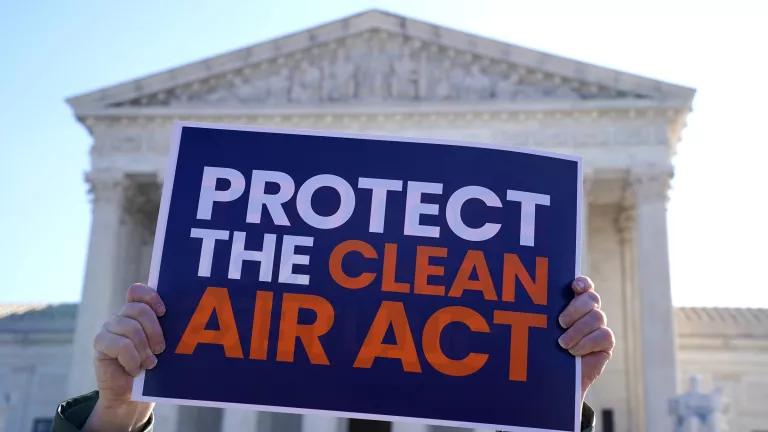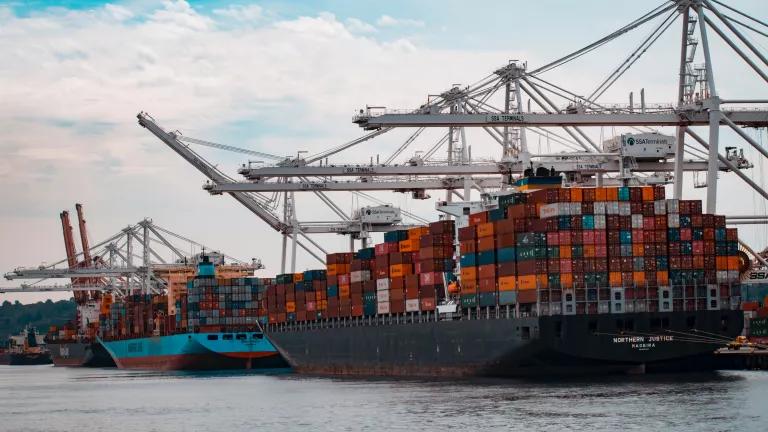Federal fracking rules imminent--clean water, wild places must trump oil & gas industry interests
In late February, U.S. Secretary of Interior Sally Jewell said that publication of the Bureau of Land Management's new rules for fracking on the nation's public lands would be "soon."
Such rules are long overdue -- its been decades since they have been updated, and the current rules on the books are completely insufficient to protect drinking water public lands, and nearby communities from the risks of fracking.
The rules will determine what safeguards are--or are not--in place for fracking on more than 750 million acres of federally managed mineral rights nationwide, including fracking on national forests, national wildlife refuges, tribal lands, and private property. These are America's last wild places, as well as sources of drinking water supplies for millions of people--from large municipal supplies like Denver, to private wells. So we were pleased that the Obama administration acknowledged that fracking poses risks to drinking water and that stronger rules are needed for federal oil and gas development.
Unfortunately, the draft rules we have seen so far from the administration have been woefully inadequate to protect public health, drinking water, or the environment. The administration has received more than one million comments on the rules, asking the BLM to reverse course and rethink its weak proposals. We will soon find out whether the agency was listening.
We've been hoping that the BLM would be a leader in issuing strong rules that reduce the risks of fracking, going beyond weak state rules that don't require the best practices available to industry, and at least matching the strongest state rules on the books. But we're concerned because Secretary Jewell recently said the new rules will be "minimal" - and even acknowledged they will be weaker than some states. This is much too low a bar when it comes to the safety of drinking water, human health, and treasured public lands.
We'll be closely combing through the final rules when they're released to see whether the administration puts the interests of powerful oil and gas companies over people's health, safe drinking water, and the environment.
The administration has progressively weakened the proposed fracking rules over the past several years. This is their chance to change course. We're counting on them to stand up for public health, clean water, and these wild public lands for future generations. Here are some examples of improvements we'll be looking for from the last draft, which was much too weak:
- Putting wildlands, drinking water sources, and other sensitive places off-limits to fracking.
- Requiring companies to keep fracking a safe distance away from homes, drinking water wells, or public water supplies.
- Banning storage of toxic fracking waste in open air pits, which can leak and overflow, and are proven to have contaminated drinking water, air and wildlife habitat with dangerous substances.
- Requiring companies to publicly disclose the chemicals they are using before fracking takes place to allow people nearby to track water contamination.
- Insisting that companies use the strongest well construction practices; BLM's current rules are 30 years old and fall short of industry's own recommended standards.
- Placing limits on what chemical information can be kept secret by oil and gas and ensuring that health professionals and emergency responders can get information when there are problems.
- Applying new rules to other forms of well stimulation, like acidizing, which pose risks similar to fracking.
- Ensuring that federal land managers can enforce environmental and safety rules by eliminating the provisions for waivers in the last draft
- Requiring companies to do baseline testing and ongoing monitoring of all groundwater (including drinking water) and surface water.
For a deeper dive, my colleagues have blogged in greater detail on the shortcomings in the draft rules in the past. You can see NRDC scientist Briana Mordick's in-depth analysis here.




